The 2022 Nobel Prize in chemistry has been awarded to three scientists whose work harnessed the power of molecular interaction and introduced new, unobtrusive ways of studying the natural world.
Carolyn Bertozzi of Stanford University, Morten Meldal of the University of Copenhagen and K. Barry Sharpless of Scripps Research will share the prize, which honors the scientists’ independent research that resulted in the development of what is known as click chemistry and bio-orthogonal chemistry. The three researchers will also split a prize of 10 million Swedish kronor (around $900,000). Their works have "led to a revolution in how chemists think about linking molecules together,” said Johan Aqvist, the chair of the Nobel Committee for Chemistry.
In winning the award Wednesday, Sharpless became the fifth person to win two Nobels, having received the chemistry prize in 2001 for his work on chirally catalyzed oxidation reactions. The other two-time winners were Marie Curie, John Bardeen, Linus Pauling and Frederick Sanger.
Bertozzi also became the eighth woman to be awarded the chemistry prize, the latest since Emmanuelle Charpentier and Jennifer Doudna in 2020.
Molecules are reacting all around us, constantly, in our drinks, on the tips of our fingers, in our phones. These reactions create new molecules, break down old ones, allow energy swaps — they shape the variegated dynamics of the universe. For scientists looking to understand these forces, combining molecules in a controlled way can be difficult, especially in a delicate environment like a living cell, because everything is so closely connected. Often the surrounding molecules are disturbed in the process, changing the very thing a researcher wants to study.
In 2001, Sharpless and some of his colleagues published a paper introducing something he called click chemistry, a new way of approaching this kind of molecular control when applied to the creation of new drug compounds. The method would be based around one rule, he wrote: "All searches must be restricted to molecules that are easy to make.”
Instead of trying to synthesize, or chemically create, molecules by forcing a difficult organic bond, Sharpless, said, focus instead on bonds that form fast and produce stable byproducts. If done in the right way, the tougher bonds will form automatically, clicking into place. Think of them "as gifts of nature,” Sharpless wrote.
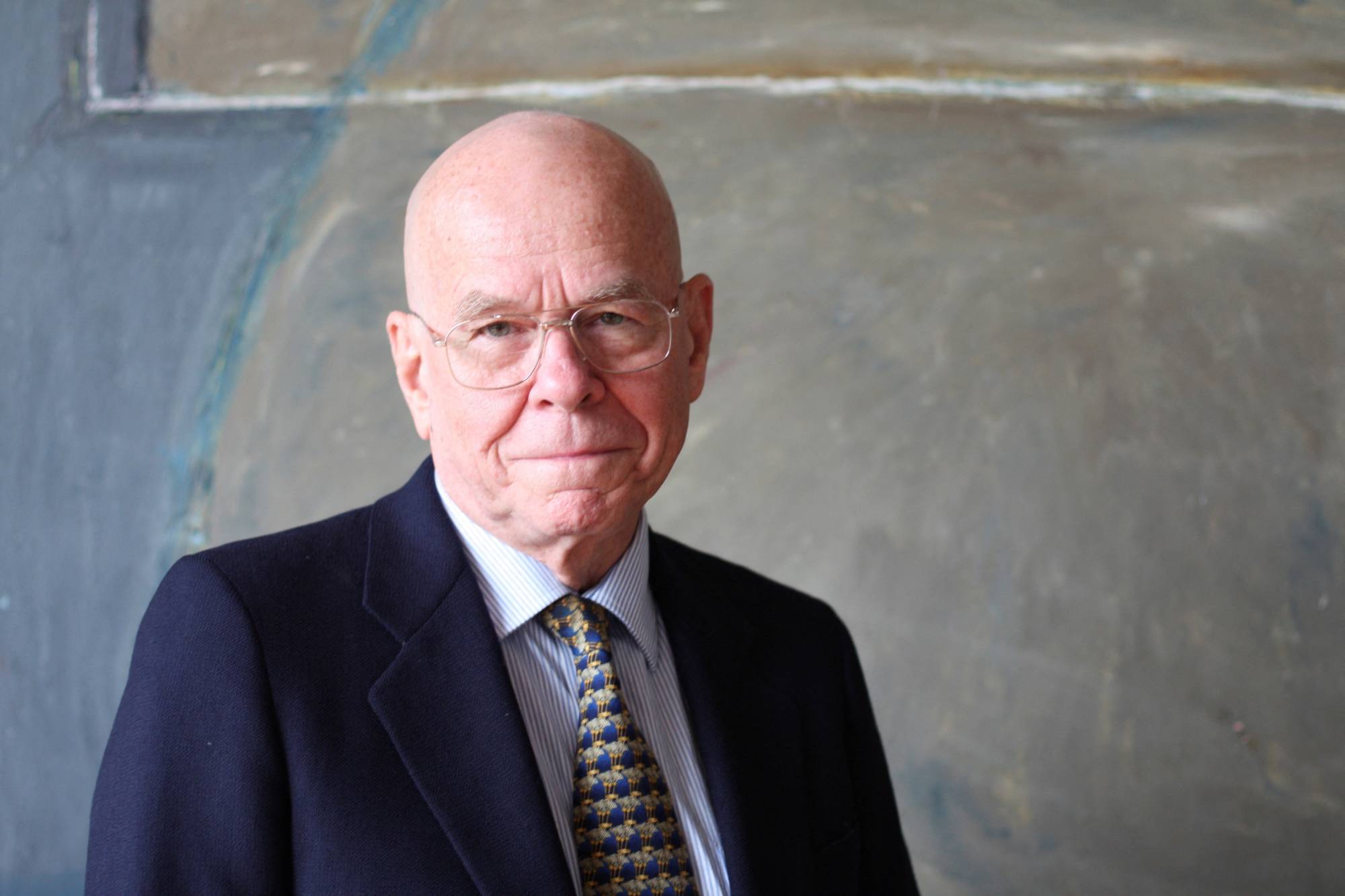
"What’s unique about click chemistry is that the two reagents, in the presence of hundreds of thousands of different types of molecules, they will only seek out each other and only give one product,” said Jiong Yang, a program director at the National Institute of General Medical Sciences who oversees Sharpless’ work. "That’s the basis of all this technical development.”
This shift in approach was soon followed by the discovery of a reaction called copper-catalyzed azide-alkyne cycloaddition, which put the theory into practice. Azides and alkynes are two types of molecules, and Meldal and Sharpless independently found that when they were combined, using copper as a catalyst, the reaction was fast and efficient and the product was stable. Now known as the "crown jewel of click chemistry,” the discovery was "like opening the floodgates,” Olof Ramström, a member of the Nobel Committee for Chemistry, said in a briefing after the laureates were announced. "We were using it everywhere, to build everything.”
Molecules could now be combined quickly, efficiently and without much fuss, and the applications immediately extended "beyond chemists,” said Angela Wilson, the president of the American Chemical Society. Material science, pharmaceutical development, tissue regeneration, brightening agents — "this just opens up a world of possibilities in terms of materials and polymers,” Wilson said. "It’s like putting Lego pieces together — you do it much more easily and are able to build bigger molecules.”
Jon Lorsch, the director of the National Institute of General Medical Sciences, also used the Lego analogy. "It allows you to assemble molecules in a fairly defined way, such that you can direct what’s attached to what easily.” Lorsch added, "Almost anything you look at these days, you can find an example of where this chemistry has been applied.”
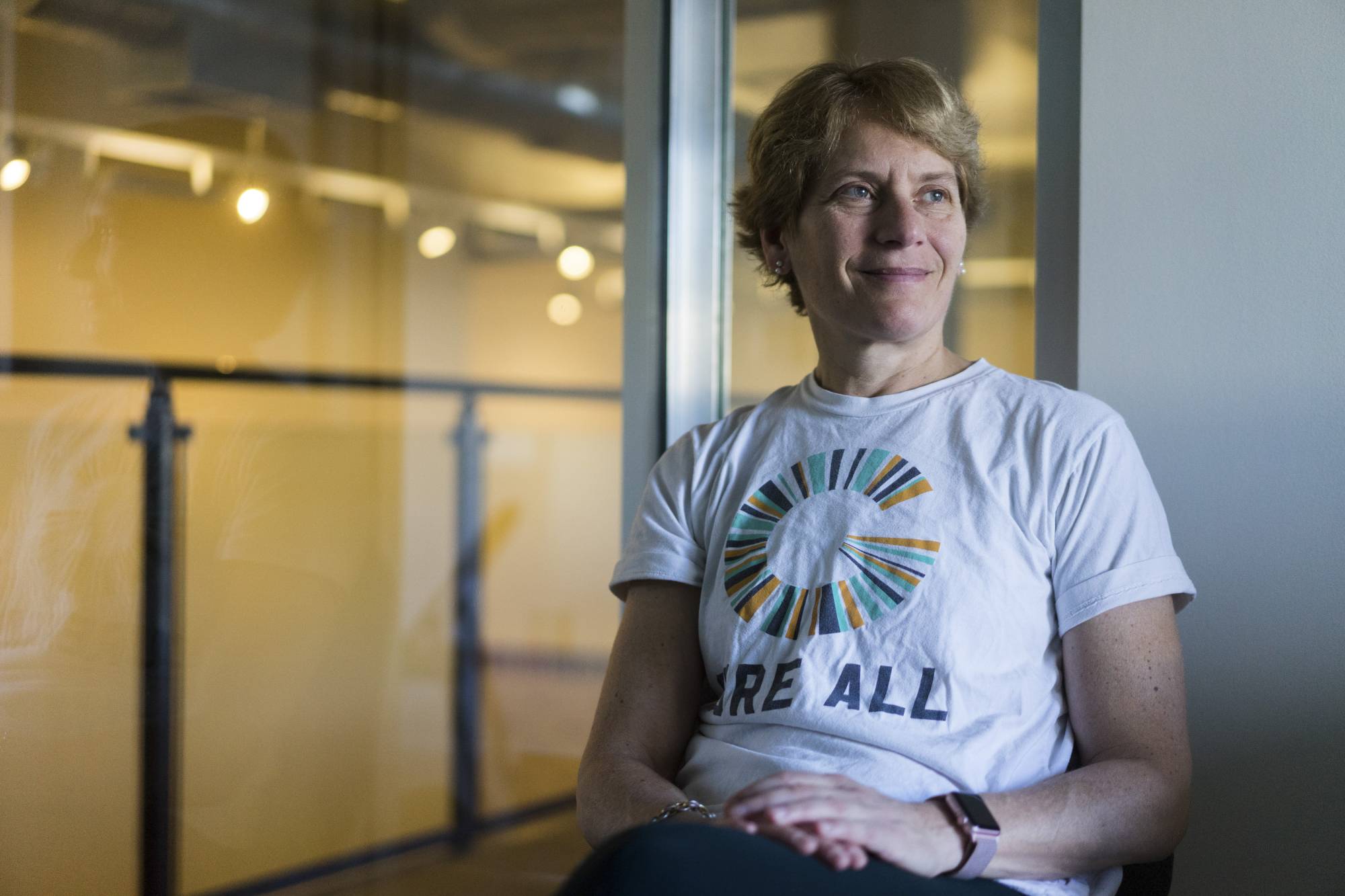
What may have been the most pivotal application of click chemistry began to take shape before the term was even coined. In the 1990s, Bertozzi was studying glycans, carbohydrates that sit on the surfaces of proteins and cells, the functions of which were not wholly understood. While much attention was being paid to genomes and proteins, glycans were relatively overlooked, in part because they were really difficult to track inside living organisms.
Bertozzi began looking for ways to attach fluorescent molecules to glycans so she could map them as they moved. But the molecules used to track the glycans couldn’t interfere with the rest of the cell’s functioning. So the method had to be, as Bertozzi put it, bio-orthogonal. It had to stay out of the cell’s way.
Around the same time that click chemistry emerged, Bertozzi was able to develop bio-orthogonal tracking methods, and she realized that she could apply the new paradigm to her work, attaching fluorescent alkynes to glycans to be tracked. The reaction, as it stood after Sharpless’ and Meldal’ contributions, required a copper catalyst, which would be toxic to living organisms. But Bertozzi came up with a different way of getting the two molecules to click together, modifying the alkyne’s structure to fill the catalyst’s role.
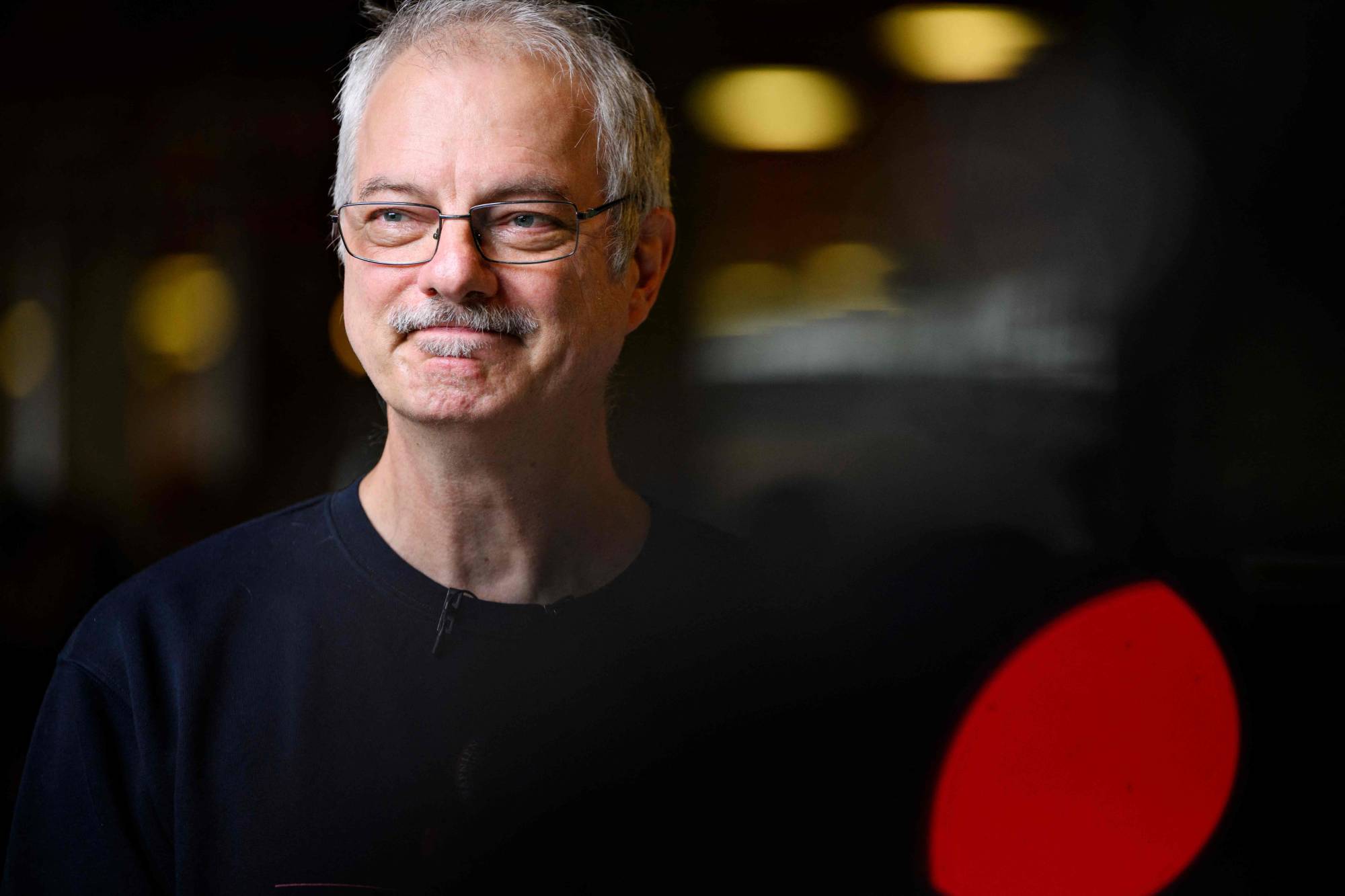
"This was a known concept,” Laura Kiessling, a chemist at the Massachusetts Institute of Technology, said about Bertozzi’s insight. "What she did was recognize and apply that concept to a reaction that we could use in biological systems.”
Like many scientists, Kiessling, a friend and colleague of Bertozzi’s, uses bio-orthogonal click chemistry to map the internal structures of organisms, and the movements of their cells. For instance Kiessling does research on tuberculosis, and said that, with the method, she was able to "visualize classes of carbohydrates that we couldn’t see before.” Other applications include tracking tumors, sequencing DNA and studying viruses. Kiessling added, "We use this chemistry all the time — as do others.”
"This has really opened up an immense amount of new space for scientists to study how different living processes work and to watch those processes in action, even in real time,” said Lorsch, whose organization has funded Bertozzi’s and Sharpless’ research.
During the award announcement, Bertozzi, who joined remotely, acknowledged the potential of her and her fellow laureates’ work. "The field of click chemistry is still in its early phases,” she said, adding that there were "many new reactions to be discovered and invented,” as well as new ways to integrate the science in industries like biotechnology. One such application is in "drug delivery,” which involves "doing chemistry inside living patients to make sure drugs go to the right place and not to the wrong place.”
But all those plans for the future came after her surprise, which registered when she first called into the committee. "I’m absolutely stunned. I’m sitting here and can hardly breathe,” she said. "I’m still not entirely positive that it’s real — but it’s getting realer by the minute.”
This article originally appeared in The New York Times. © 2022 The New York Times Company



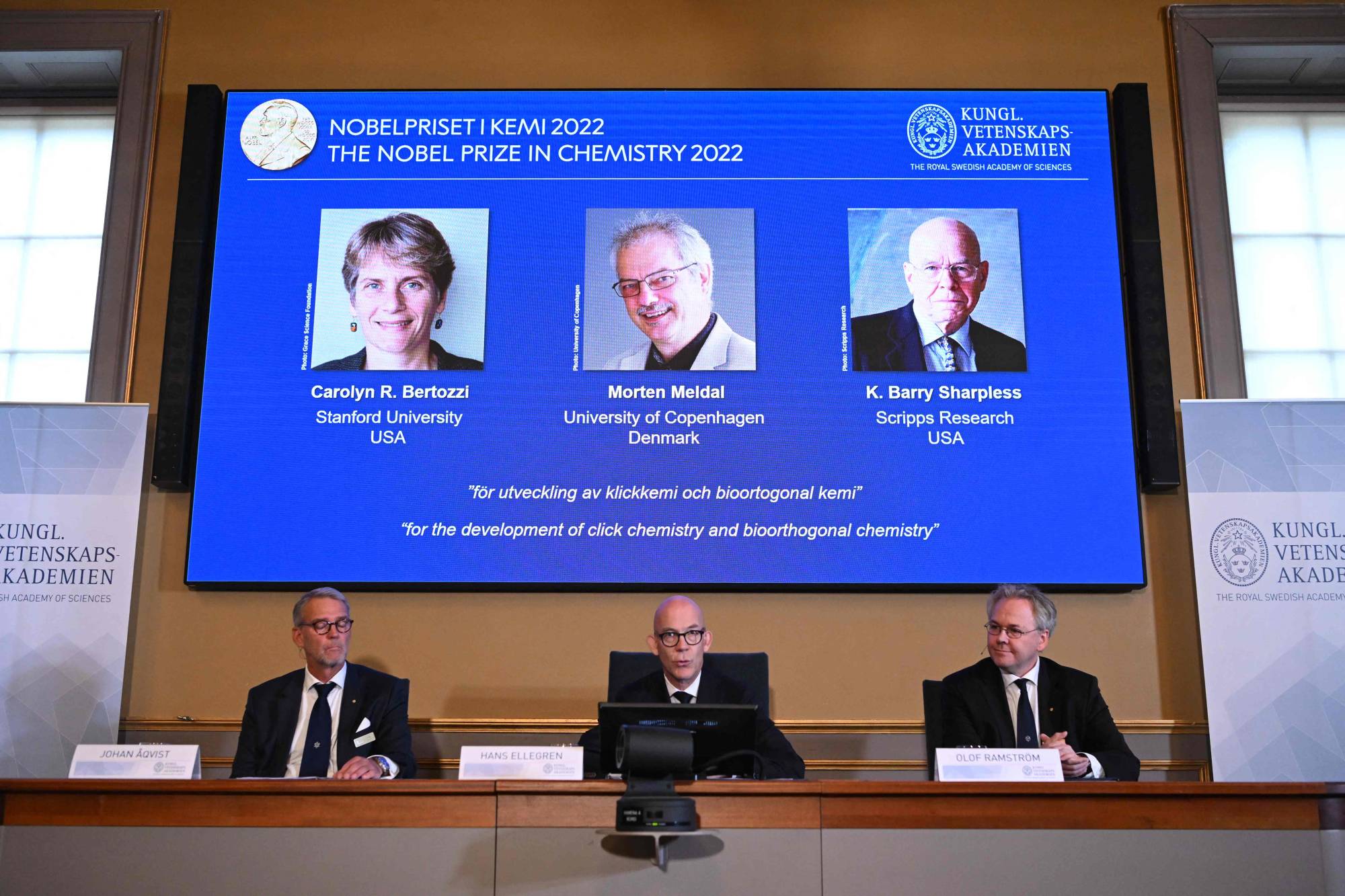
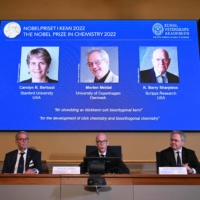
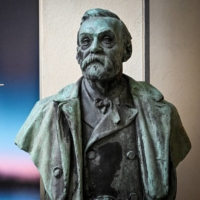
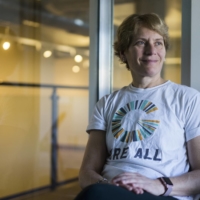
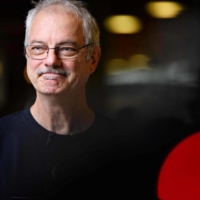
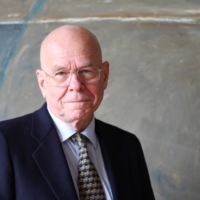













With your current subscription plan you can comment on stories. However, before writing your first comment, please create a display name in the Profile section of your subscriber account page.